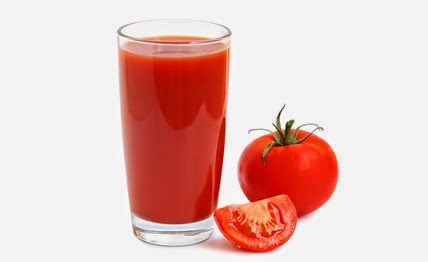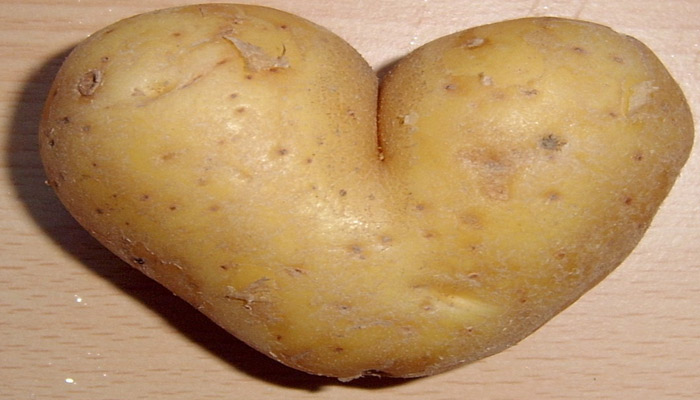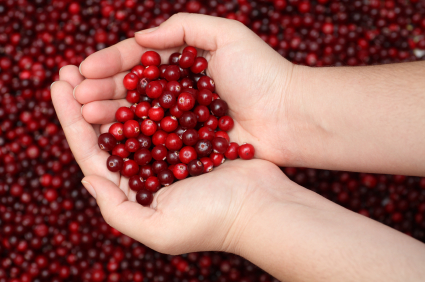
by admin | Dec 3, 2013 | Natural Facts
Introduction Tomatoes have received a lot of recent attention because of their lycopene content. This red carotene has been shown to be extremely protective against the major cancers, i.e., breast, colon, lung, skin, and prostate cancer. Lycopene has also been shown...

by admin | Dec 2, 2013 | Natural Facts
Five key nutrients for preventing and treating cataracts and macular degeneration Nutritional factors play a key role in the prevention and treatment of cataracts and macular degeneration. A diet high in richly colored fruits and vegetables—as well as targeted...

by admin | Dec 2, 2013 | Healing Food Facts
Mashed potatoes are a holiday classic. As a member of the nightshade family, potatoes are relatives of the tomato, eggplant and bell pepper. Surprising to some, there are over 100 different varieties. Native to the Andes Mountains in Bolivia and Peru, potatoes have...

by admin | Nov 26, 2013 | Healing Food Facts
In the days leading up to the Holidays, lets focus on traditional foods served at the year’s biggest meal. Cranberry sauce, weather the canned jelly or whole, has become a Thanksgiving classic that no table is complete without. Grown in the wild in North America,...

by admin | Nov 26, 2013 | Natural Facts
Introduction The American Heart Association (AHA) and American College of Cardiology (ACC) released four new guidelines dealing with the prevention of cardiovascular disease (CVD) by better assessing risk and by managing cholesterol, lifestyle, and weight. The big...








